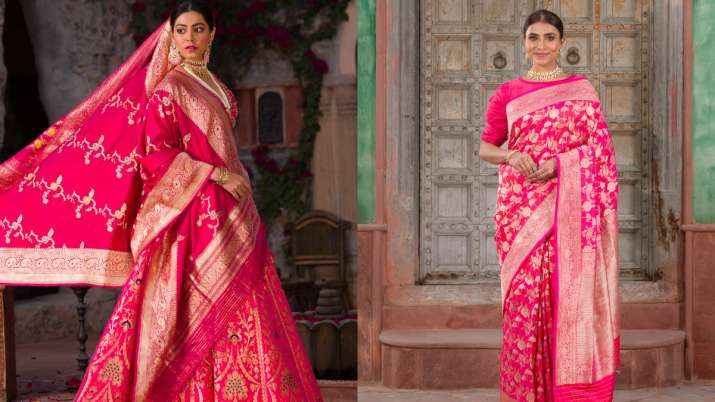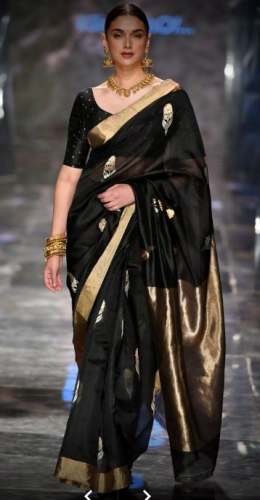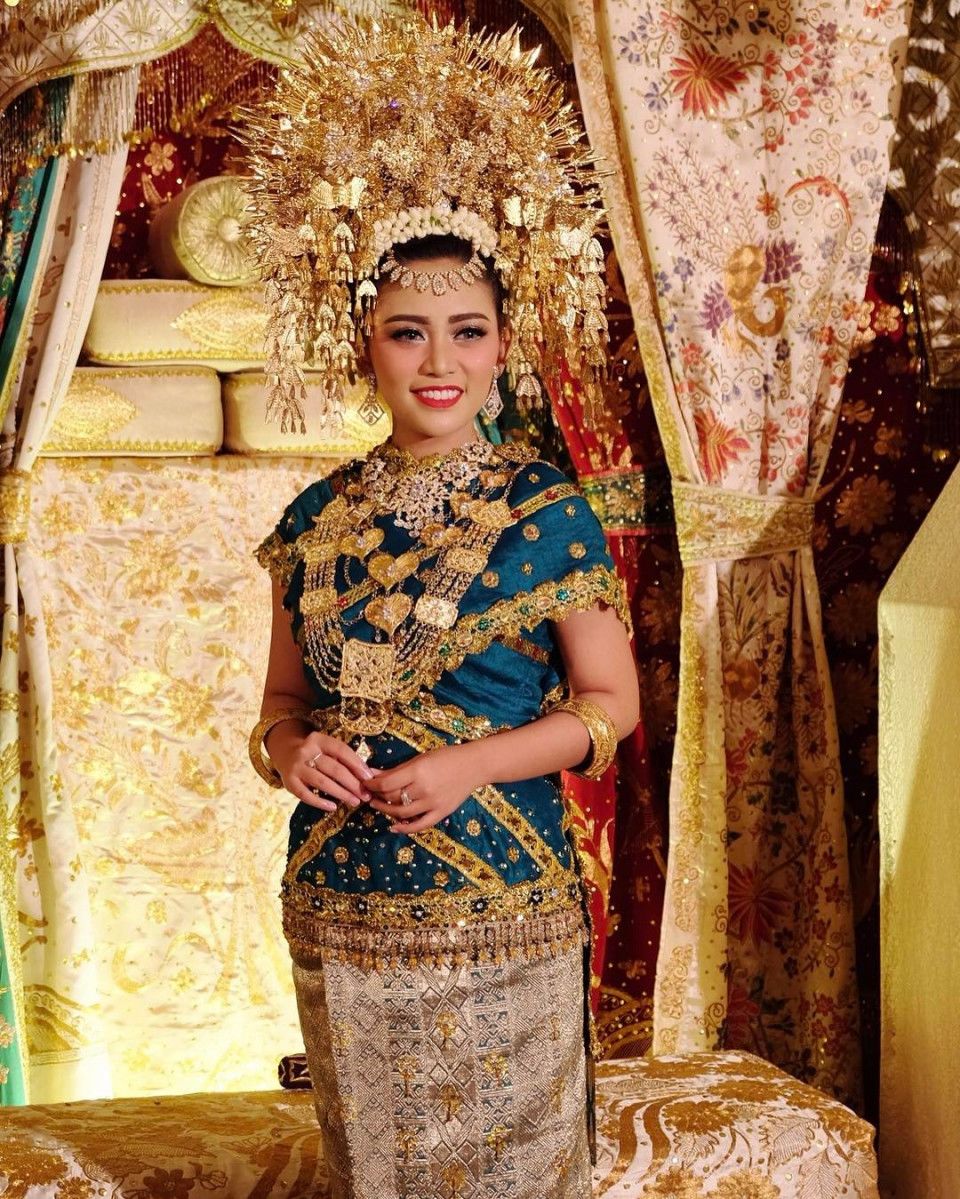YES TO FASHION...
Fashion is defined in a number of different ways, and its application can be sometimes unclear. Though the term fashion connotes difference, as in "the new fashions of the season", it can also connote sameness, for example in reference to "the fashions of the 1960s", implying a general uniformity. Fashion can signify the latest trends, but may often reference fashions of a previous era, leading to the reappearance of fashions from a different time period. While what is fashionable can be defined by a relatively insular, esteemed and often rich aesthetic elite who make a look exclusive, such as fashion houses and haute cauturies this 'look' is often designed by pulling references from sunculturesand social groups who are not considered elite, and are thus excluded from making the distinction of what is fashion themselves.
Whereas a trend often connotes a peculiar aesthetic expression, often lasting shorter than a season and being identifiable by visual extremes, fashion is a distinctive and industry-supported expression traditionally tied to the fashion season and collections. Style is an expression that lasts over many seasons and is often connected to cultural movements and social markers, symbols, class, and culture (such as Baroque and Rococo). According to sociologist Pierre Bourdieu, fashion connotes "the latest difference.
Indonesian traditional dress
The beret is probably the most well-known item of traditional French clothing but there are others, and each is specific to a certain place in France. Here’s your chance to do a little ‘fashion tourism’. Read about the most famous traditional French garments and visit the places they’re from.






Comments